Session 6A – Virtual Reality and Human-computer interaction
Wednesday 31 March, 14:00 – 15:30 // Session Chair: Sky Lo Tian Tian
037 – Designing for Human-VR Interaction: How VR Interaction Can Be Designed to Bring Better Design Participation
Wednesday 31 March, 14:00, Session 6A
Xuanning Qi, School of Architecture, Harbin Institute of Technology, Harbin, China; Key Laboratory of Cold Region Urban and Rural Human Settlement Environment Science and Technology, Ministry of Industry and Information Technology, Harbin, China
Tian Tian Lo, Harbin Institute of Technology (Shenzhen)
Yunsong Han, School of Architecture, Harbin Institute of Technology, Harbin, China; Key Laboratory of Cold Region Urban and Rural Human Settlement Environment Science and Technology, Ministry of Industry and Information Technology, Harbin, China
The research in human-computer interaction (HCI) has been ongoing for years until present-day to observe how humans interact with computers and digital technologies. Then comes the development of virtual reality (VR), one where it allows users to be immersed in the virtual environment for various kinds of experiences. This paper takes a close reference to the research method in HCI and brings the examination to the context of VR to understand the user behavior towards human-VR interaction (HVRI). A workshop is done based on the new HVRI method, and students are given the task to explore what are the elements of architecture that can be interacted and how they can be performed in the immersive environment. This paper will describe the HVRI designed and analyze how the new interaction method helps to bring about closer relationships between the human and the virtual model beyond just visualization.
QI Xuanning is a Ph.D. student in the School of Architecture, Harbin Institute of Technology. She is the member of Key Laboratory of Cold Region Urban and Rural Human Settlement Environment Science and Technology, Ministry of Industry and Information Technology. Her research focuses on cold region building and human settlement environment, digital architectural design, computational design.
127 – Expanding the Methods of Human-VR Interaction (HVRI) for Architectural Design Process
Wednesday 31 March, 14:15, Session 6A
CHAO HE LIN, Harbin Institute of Technology, Shenzhen
TIAN TIAN LO, Harbin Institute of Technology, Shenzhen
The emergence of virtual reality technology now brings the possibility of new design methods. Virtual reality technology allows architects to feel space better and express design ideas more intuitively. With the interactive perception equipment and VR glasses, geometric shapes can be created and modified in a virtual environment, replacing the mouse and keyboard to complete the creation of space in the early stage of the design process. At present, the application of virtual reality in the architectural design process has some problems include unnatural interaction, low accuracy, high work cost. This paper will summarize the interactive methods of virtual reality technology in various current cases and compare the input and output of the device by analyzing the matrix method. We can explore interactions that are beneficial to architectural design. Using these interactive methods, we can expand the interface relationship between humans and the virtual environment.
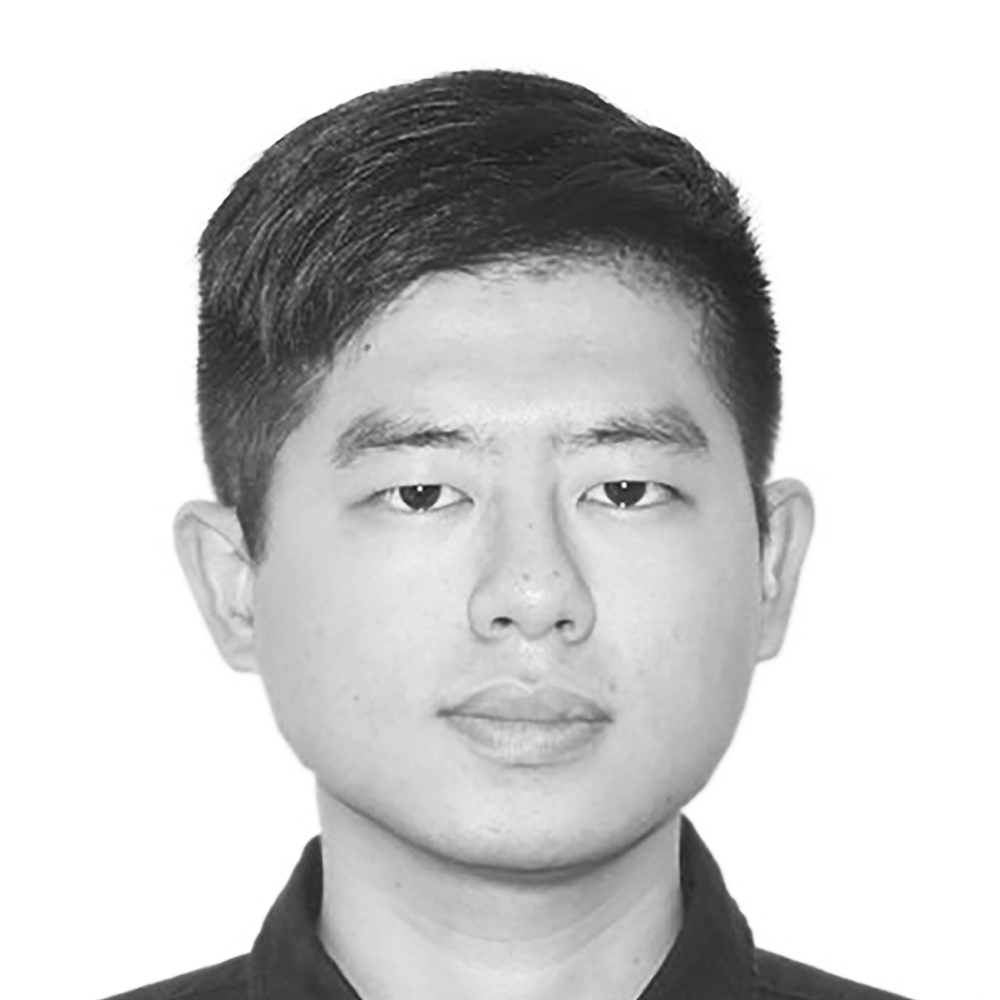
Chaohe Lin, a graduate student of the School of Architecture, Harbin Institute of Technology, Shenzhen. He has long been committed to the research of virtual reality, digital architecture, parametric design and other fields. He participated in the National Natural Science Foundation of China and a number of university-enterprise cooperation projects. He makes efforts to promote the concept of participatory architectural design, and supports the participation of non-professionals in architectural design by using virtual reality technology.
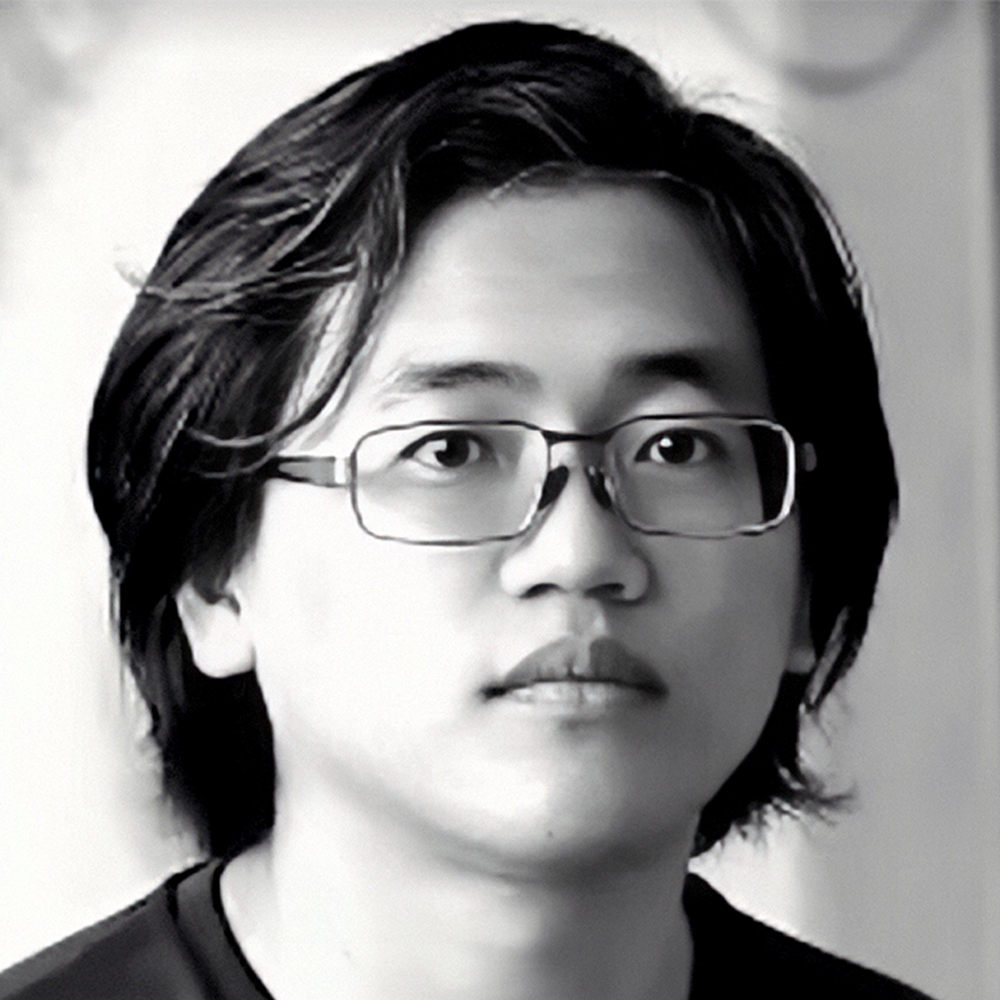
Sky Lo is an Assistant Professor at the Harbin Institute of Technology (Shenzhen). During his doctoral study, he was awarded a full doctoral scholarship by the Chinese University of Hong Kong and Victoria University of Wellington. His main research area is the bottom-up human-centered architectural design concept. Using VR, BIM, and gamification to create an interactive environment. At present, he has published nearly 30 international journal and conference papers with some published and distributed by Springer. He is also the organizing committee member and reviewer of CAADRIA, ANZAScA, and other international well-known conferences.
261 – Detecting Virtual Perception Based on Multi-Dimensional Biofeedback: A Method to Pre-Evaluate Architectural Design Objectives
Wednesday 31 March, 14:30, Session 6A
Wanyu PEI, Harbin Institute of Technology Shenzhen
Xiangmin GUO, Harbin Institute of Technology Shenzhen
Tiantian LO, Harbin Institute of Technology Shenzhen
In the information age, the attention to architectural design has gradually shifted from spatial aesthetics to the human’s spatial experience. The situation of human perception becomes essential feedback information that designers can use to improve the design schemes. Thisresearchproposesanauxiliarymethodforpre-evaluating the architectural design goals and providing recommendations for architects to optimize the scheme. Specifically, by aggregating and quantitative analyzing electrophysiological signals and eye-tracking data, this research obtained the user’s spatial perception with little effect of subjective consciousness as their feedback on the architectural environment. We took the campus outdoor space of an International School of Design as the research sample. By combining the architect’s design concept and objectives, we constructed the contrast spatial schemes in virtual reality (VR) for users to experience and analyzed the usability of this method when pre-evaluate design objectives in a practical project.

Wanyu PEI is an architecture master student who graduated from Harbin Institute of Technology (Shenzhen). Her main research area is architectural evaluation and design in VR Environments; biofeedback and human Environmental Perception; VR+Architectural Education.
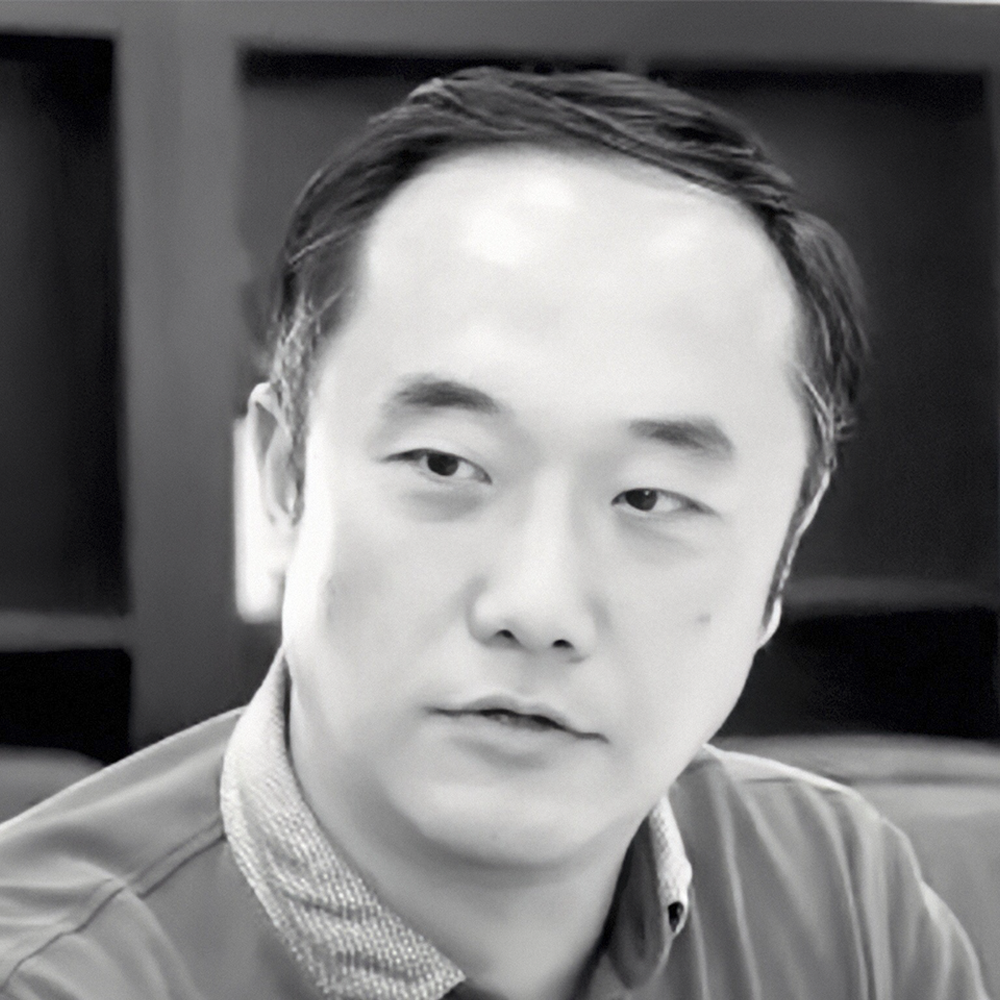
Guo Xiangmin is currently an associate professor at HITsz, a member of the Foreign Urban Planning Committee of the Urban Planning Society of China, a member of the editorial board of authoritative international SCI, and A&HCI journals, and an expert in rewriting international SCI journals. His main research interests include urban and architectural design methods supported by virtual digital technology, decision-making evaluation of urban and rural development, urban operations, and strategic planning. He has presided over and participated in a number of national funds and projects.

Tiantian Lo is an Assistant Professor at the HITsz. During his doctoral study, he was awarded a full doctoral scholarship by the Chinese University of Hong Kong and Victoria University of Wellington. His main research area is the bottom-up human-centered architectural design concept. Using VR, BIM, and gamification to create an interactive environment. At present, he has published nearly 30 international journal and conference papers with some published and distributed by Springer. He is also the organizing committee member and reviewer of computer-aided Architectural Design Research in Asia (CAADRIA), Architectural Science Association (ANZAScA), and other international well-known conferences.
243 – Contactless and Context-Aware Decision Making for Automated Building Access Systems
Wednesday 31 March, 14:45, Session 6A
Djordje Stojanovic, University of Melbourne
Milica Vujovic, University Pompeu Fabra
In the current context of the COVID-19 pandemic, contactless solutions are becoming increasingly important to making buildings more resilient to the spread of infectious diseases in complementing social distancing and disinfection procedures for disease prevention. The presented study focuses on contactless technology and its role beyond automated interaction with the built environment by examining how it can expedite space use and improve compliance with sanitary norms. We introduce a conceptual framework for the intelligent operation of automated doors in an educational facility, enabled by the network of sensory devices and the application of computational techniques. Our research indicates how versatile data gathered by RFID systems, in conjunction with data extracted from occupancy schedules and sanitary protocols, can be used to enable the intelligent and context-aware application of disease prevention measures. In conclusion, we discuss the benefits of the proposed concept and its role beyond the need for social distancing after the pandemic.
Djordje Stojanovic is a Senior Lecturer at the University of Melbourne, Faculty of Architecture, Building and Planning. He is interested in how computational techniques and robotic systems enable more efficient space usage
Milica Vujovic is an INPhINIT “la Caixa” Marie Curie Ph.D. candidate at the ICT Department of Universitat Pompeu Fabra, Barcelona. She is an architectural and mechanical engineer with a history of working in academia, architecture, mechanical and industrial engineering. Her research interests focus on mechatronics, human-computer Interaction, and smart environment.
318 – Virtual World16: Virtual Design Collaboration for the Intersection of Academia and Industry
Wednesday 31 March, 15:00, Session 6A
Marc Aurel Schnabel, Victoria University of Wellington
Yoshihiro Kobayashi, Arizona State University
Yoann Pencreach, Forum8
Amar Bennadji, Robert Gordon University
Dongsoo Choi, Virginia Tech
Paolo Fiamma, Universita di Pisa
Tomohiro Fukuda, Osaka University
Tian Tian Lo, Harbin Institute of Technology (Shenzhen)
Taro Narahara, New Jersey Institute of Technology
Marcos Novak, University of California, Santa Barbara
Ruth Ron, University of Miami
Matthew Swarts, Georgia Tech
Kostas Terzidis, Tongji University
Thomas Tucker, Virginia Tech
Rebeka Vital, Shenkar College of Engineering and Design
Over the past 13 years, the ‘World16’-group has collaborated face-to-face on various challenges that architectural design faces within VR, architecture, urban design, and its delivery to the professional industries. The focus of the collaboration is to foster pathways of academic research and developments to industries and professions. In 2020, due to the restrictions of the pandemic, the group had to rethink and redevelop how to collaborate meaningfully and become resilient: the World16 collaborated akin to the Virtual Design Studios (VDS) of the Nineties for the first time exclusively virtually becoming the ‘Virtual World16’. The paper presents the group’s various projects that are transformative to the praxis in VR architecture, design and urban design, and critically reflects on the lessons learned from VDS-paradigm.

Marc Aurel Schnabel is the Dean of the Faculty of Architecture and Design Innovation, Victoria University of Wellington, NewZealand. Trained as an Architect, he is leading research in architectural computation. He has worked in Germany, Australia, and Hong Kong for thirty years. He is recognised for his research in computational design, augmented- and virtual reality, digital heritage, parametric design learning and intelligent cities. He has been the President of both ANZAScA and CAADRIA and established the ‘Digital Architecture Research Alliance’– www.DARA.digital – and the social network ‘Urban Digitalics’ connecting professionals and researchers in innovative digital spatial design.

Yoshihiro Kobayashi received doctorate from University of California-Los Angeles in 2001 – majoring in architecture with a minor in computer science. His research focuses on 3D city modeling using softcomputing and photogrammetry technologies. He has practical experiences as an architect, computeranimation designer and senior software programmer. He is a lecturer in the School of Computing, Informatics, and Decision Systems Engineering (CIDSE) at Arizona State University. Outside of ASU, Kobayashi organizes the international research group ‘world16’ who is exploring methods for virtual reality (VR) urban modeling and visualization. He is publishing technical and design papers on design computation in architecture.

Yoann Pencreach is the Technical Manager, Virtual Reality at FORUM8, Japan. He is the co-founder of world16 and manages the hard- and software developer-team that collaborates with world16.
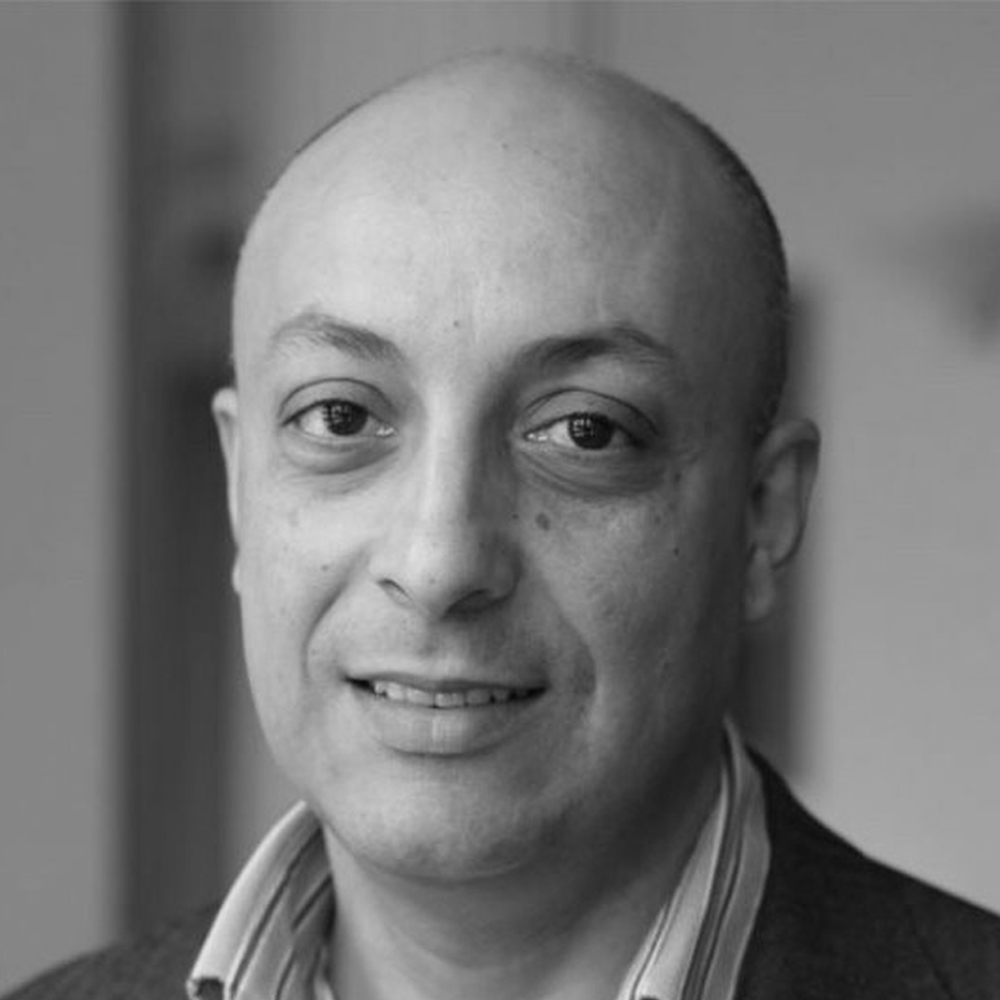
Dr Amar Bennadji is a Senior Lecturer at Robert Gordon University, Aberdeen, Scotland. Amar is an experienced researcher in the areas of Architecture and digital media, Environmental design, Thermal-Retrofitting and Pedagogy. Amar served as President of ASCAAD and chaired ASCCAD’s conferences and published over 100 articles, book and book chapters. With World16, Amar contributed with his research outcomes on yearly basis sharing his research in adopting Computer Architectural Aided Design in his core research of energy-efficiency-in-buildings and Built-Heritage-Conservation. Adopting visualisation of his work in Built-Environment allowed him to collaborate in developing Forum8’s software to overcome his research challenges.
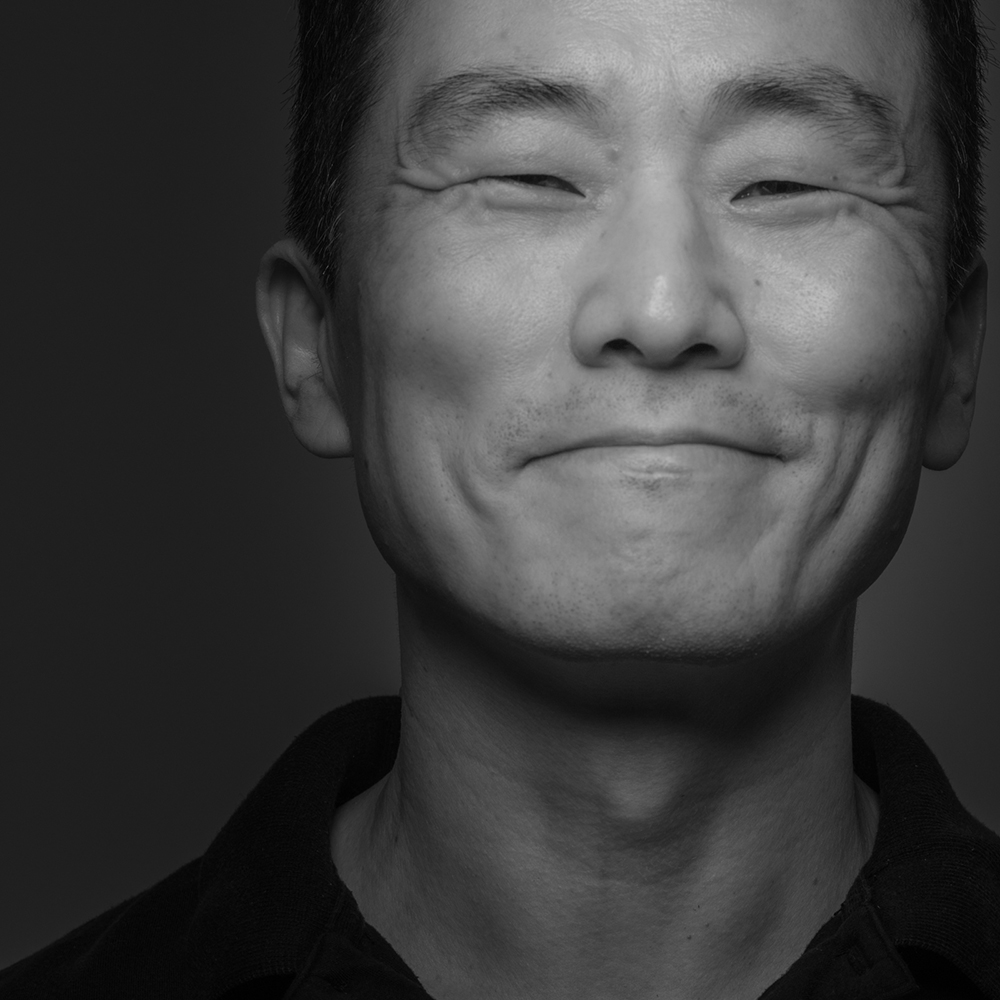
Dongsoo Choi is an award winning photographer and artist. He is teaching and researching at Virginia Tech. He states that time is both eternal and unstoppable. Subsequently, his photography evolves around this concept. Halting and capturing one of many instances is rewarding, especially when it is done in a way that is unique. He captures the moment of the world that we live in, be it a small object that he placed on my shooting table, someone who is willing to stand in front of his camera, or all of wondrous nature – and develop the moment into eternity.

Paolo Fiamma is a Civil-Construction Engineer, PhD in Innovative virtual modelling techniques for the building design. At the University of Pisa, Associate Professor in Digital Design and Building Information Modeling for the Master’s Degree in Building Engineering and Architecture. Director of the II level Master of BIM and BIM Specialist Coordinator Manager. Author of numerous books and scientific articles, invited speaker in many international conferences. Pioneer of BIM research in Italy, he was an expert consultant for the drafting of the national law on BIM. Member of the World16 Research Group, he is involved in several research activities for numerous public Institutions.
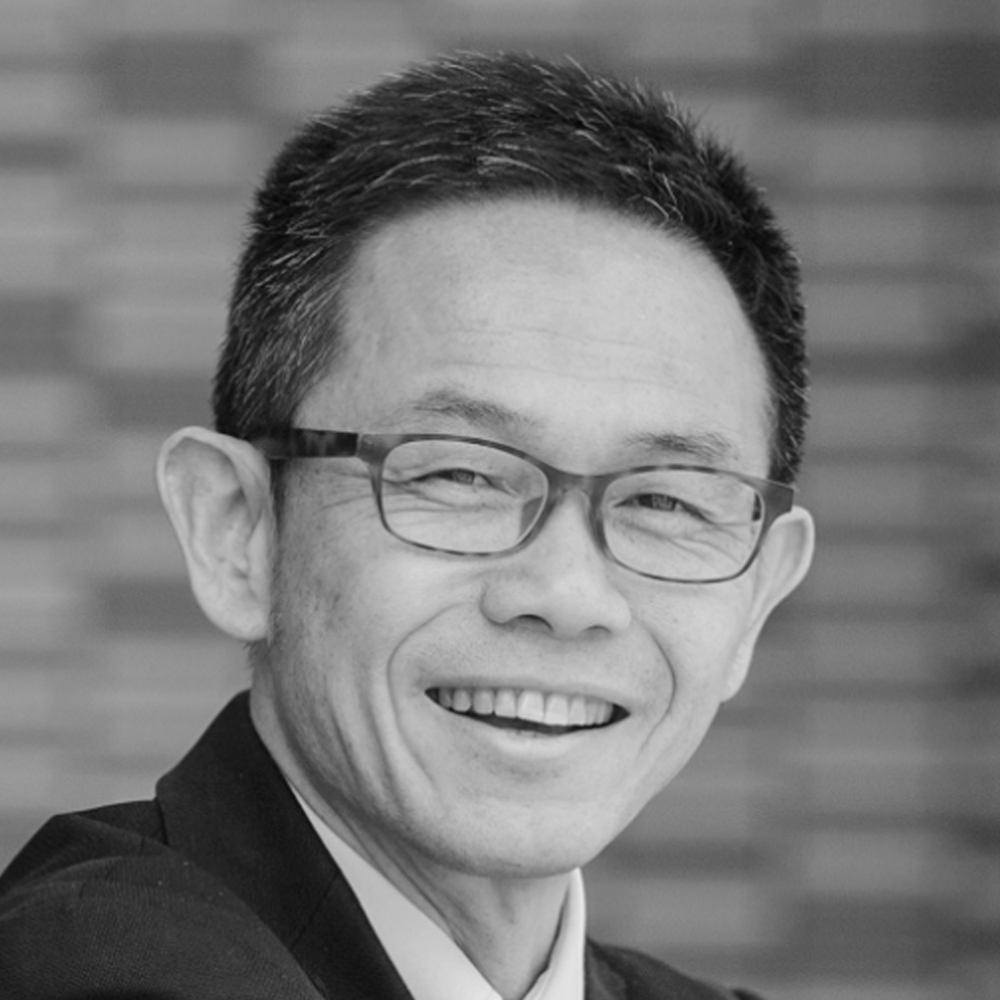
Dr. Tomohiro Fukuda is an associate professor in the Division of Sustainable Energy and Environmental Engineering, Graduate School of Engineering, Osaka University, Japan. His research interest is an environmental design and advanced information technology which develop computer-aided architectural design method using virtual, augmented and mixed reality (VR/AR/MR), building information modeling (BIM), artificial intelligence (AI), and computational fluid dynamics (CFD). He is a former president of CAADRIA (the association of Computer-Aided Architectural Design Research in Asia) and a CAADRIA Fellow (2019-). He has published over 200 peer-reviewed journal and international conference papers, and over 10 books (including collective writing).

Tian Tian Lo is Assistant Professor in Harbin Institute of Technology (Shenzhen). During his doctoral study, he was awarded full doctoral scholarship by the Chinese University of Hong Kong and Victoria University of Wellington. His main research area is bottom-up human-cantered architectural design concept. Using VR, BIM and gamification to create interactive environment. At present, he has published nearly 30 international journal and conference papers with some published and distributed by Springer. He is also the organizing committee member and reviewer of computer-aided Architectural Design Research in Asia (CAADRIA), Architectural Science Association (ANZAScA) and other international well-known conferences.
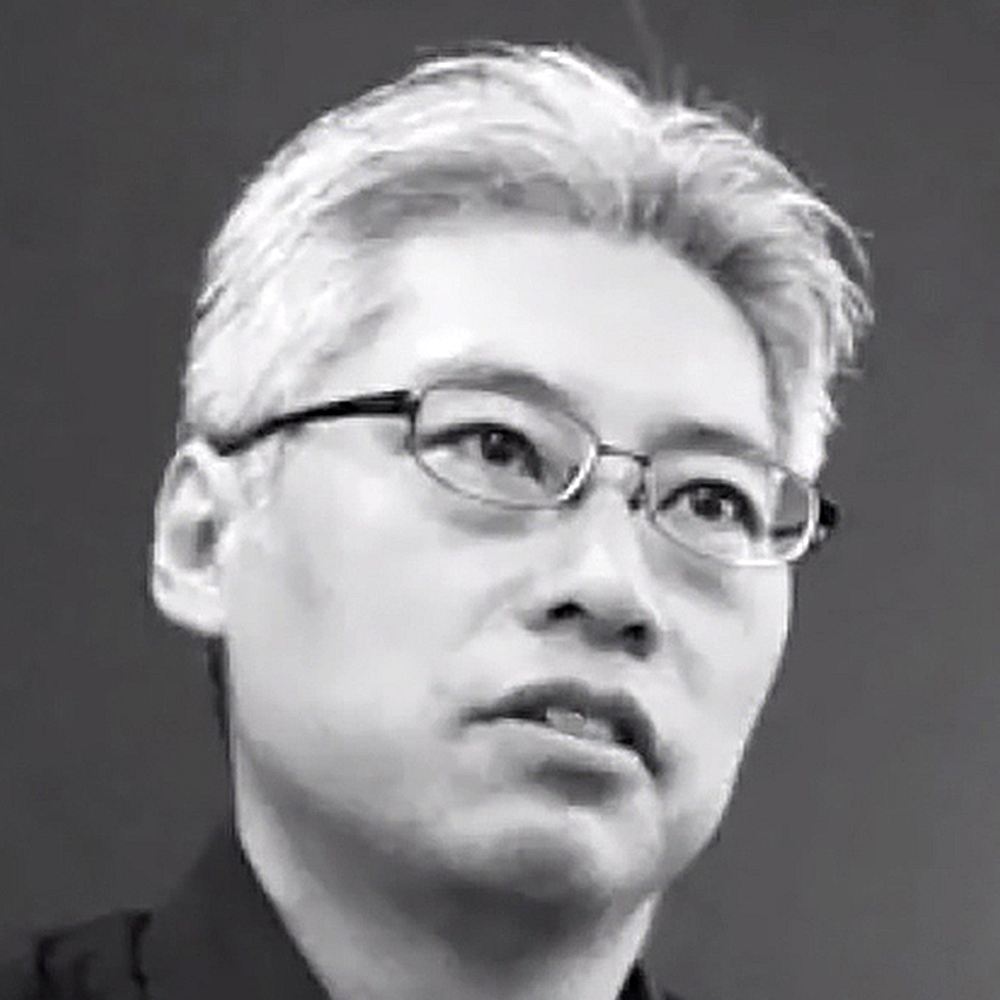
Taro Narahara is an associate professor at New Jersey Institute of Technology. Recently, he received the 2020 Human Communication Award from IEICE Japan on his collaboration work with Data Scientists at the University of Tokyo. His research includes data-driven approaches in architectural design and real-estate technologies. He holds a doctoral degree from Harvard, where he won the Peter Rice Prize, and an M.S. degree from MIT. As a licensed architect in New York and Japan, he worked on award-winning projects such as the Mori Arts Center while he was associated with Gluckman Mayner Architects and Skidmore, Owings & Merrill.
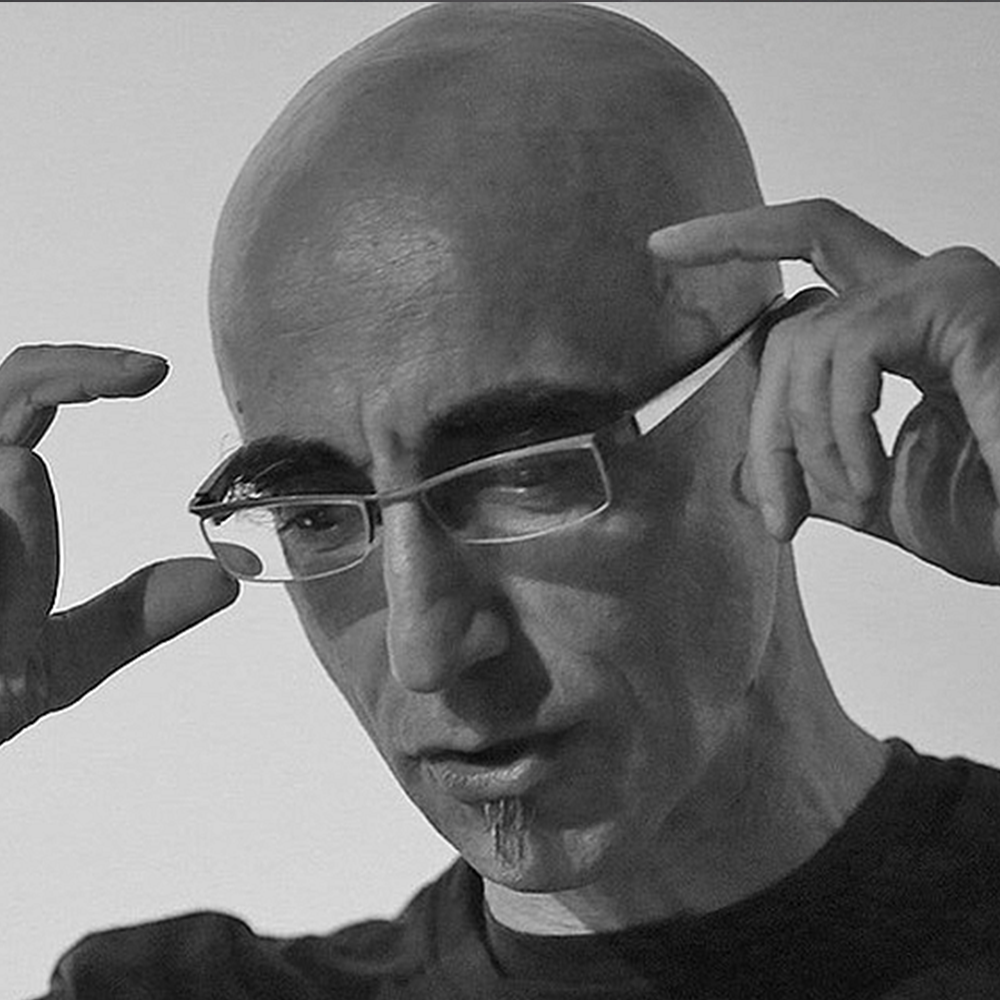
Marcos Novak is an architect, artist, composer, and theorist who employs algorithmic techniques to design actual, virtual, and hybrid intelligent environments. He is the founding Director of the transLAB at UCSB, where he is Professor of Media Arts and Technology. The transLAB is a transmodal, worldmaking, lab exploring <transformation that leads to speciation, in fact, in fiction, in action>. Having embraced the digital in architecture as early as 1979, Marcos Novak is widely recognized as a pioneer of the study of virtual and extended environments as autonomous architectural spaces, and of algorithmic and generative approaches to architectural design.
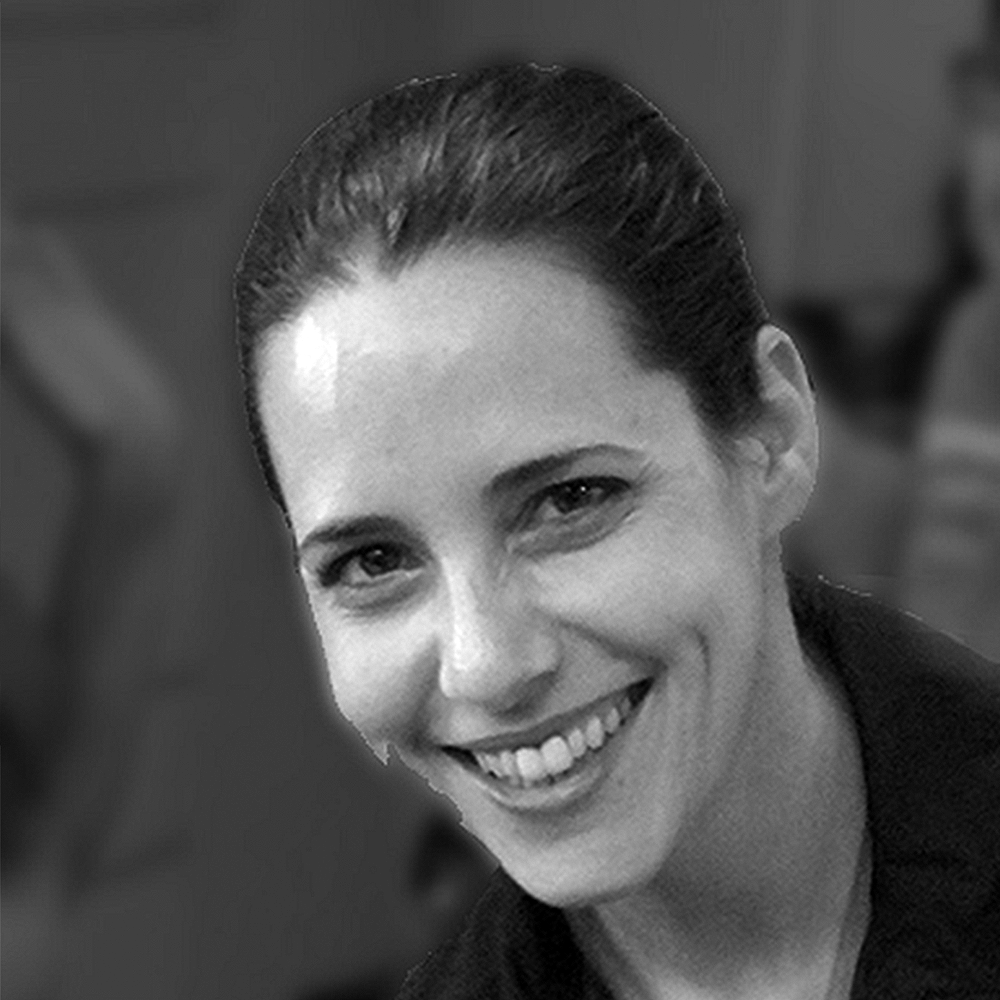
Ruth Ron is an architect, currently teaching at the University of Miami School of Architecture. Her work explores multiple aspects of digital design, focusing on the borders between architecture and technology, form and media. Ruth received her professional degree from the Israel Institute of Technology, a Master of Science from Columbia University, NY, and a Master’s in Interactive Telecommunication from New York University. Ruth was an assistant professor at Arizona State University, the University of Florida, a senior lecturer at Shenkar College of Engineering and Design in Israel and exhibited her work and work with students nationally and internationally.

Matthew Swarts is a Senior Research Faculty member in the Aerospace, Transportation & Advanced Systems Laboratory (ATAS) at the Georgia Tech Research Institute (GTRI) in Atlanta, Georgia. He work focuses on the translation of human behavioral patterns and perceptions within real and virtual environments into computer models and simulations to better understand spatial design decisions. He develops custom hardware sensors, interactive systems, and software applications for capturing occupant behavior, testing human spatial perception in 3D virtual environments, running discrete-event and agent-based modeling and simulation, and performing spatial analysis in the intersections between Building Information Modeling and Geographic Information Systems.

Kostas Terzidis is professor at D&I at Tongji University and director of the ShangXiang Lab. Previously, was associate professor at Harvard University GSD (2003-2011) and assistant professor at the UCLA (1995-2003). He holds a PhD from the University of Michigan, Masters from OSU, and diploma from Aristotle University. His research is automated design and AI. He is author of numerous academic papers and the sole author of four books: Permutation Design (Routledge: 2014), Algorithms for Visual Design (Wiley: 2009), Algorithmic Architecture (Architectural Press: 2006), and Expressive Form (Spon:2003). Between 2011-2017 he created and ran a startup called Organic Parking.

Thomas Tucker received his BFA from Kansas City Art Institute and his MFA from School of the Art Institute of Chicago as the Joan Mitchell MFA grant recipient. He has been evolving complex drawings into animation/kinetic sculptural pieces using 3D software and sound design. Tucker maintains an international profile through his exhibition record and his collaborative research. Some of these projects include: dealing with body mechanics using motion capture, using technology to create a responsive virtual heritage environment, using animation to describe internal organ movements, helping city councilmen visualize new traffic simulations and designing serious games.
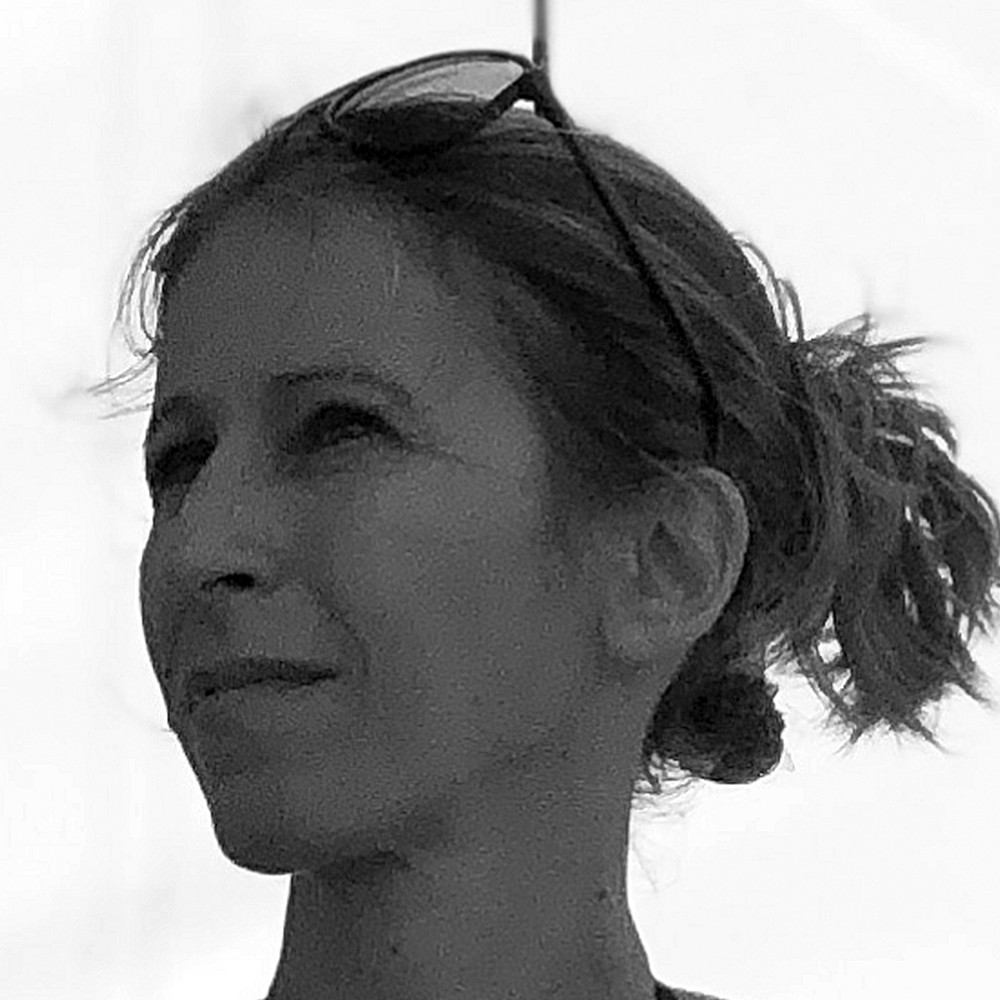
Rebeka Vital has a bachelor’s degree in Architecture in the Aristotle University of Thessaloniki, Greece, specialized in lighting and acoustics during her studies for her master’s degree in Building Science and holds a PhD in Architecture from the University of California, Los Angeles (UCLA). At UCLA she was involved in research on digital reconstruction of historical buildings at the Experiential Technology Center. Currently she is involved in research in the field of digital documentation of historical sites as well as in research that focuses on lighting of built environments. In her professional practice she deals with architectural lighting.